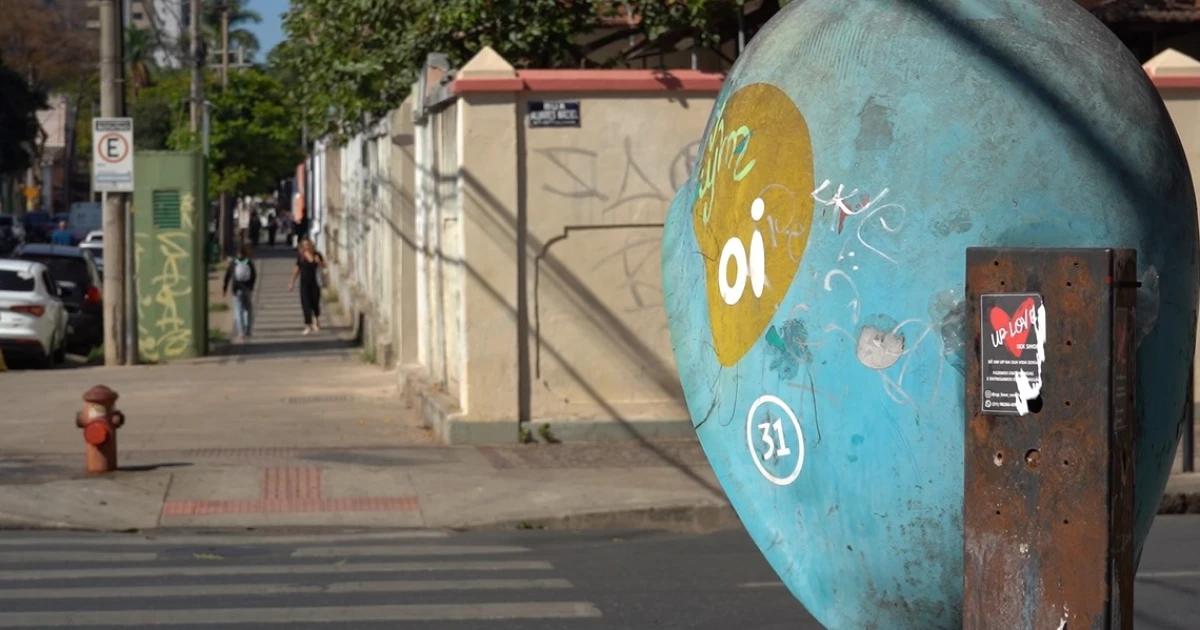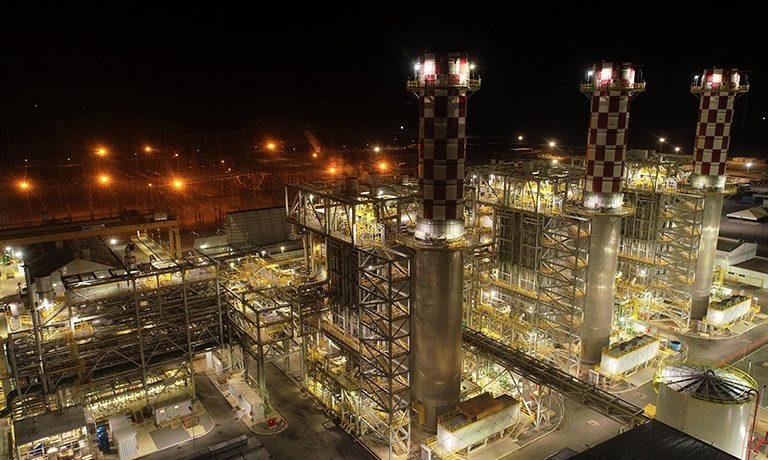From 15 thousand devices in 2007 to Zero to zero in 2025: how long ago the meeting place became a memory on the streets of the capital
In times when it is possible to send a message or call someone anywhere in the world without leaving home, many teenagers have no idea that before they had to go to a certain place, stand in line and pay to talk quickly in the colorful shells scattered around the cities.Today, the few remaining pay phones in the streets of Belo Horizonte act as "museum pieces", preserving good memories from a time that was not so distant, but unimaginable for the new Alpha generation (born since 2010).
It seems that you only have to walk around the city to see the disappearance of public telephones.A study by the national telecommunications agency (Anatel), shows that the mining capital, 15,186 at the end of 2007, still does not have a public telephone.The last one was canceled in March 2025. In 2017, this number has decreased to 9,816.
Where are the phones still in MG - and how many are left in Brazil?Cell phones hold up and make free calls in some Brazilian cities A phone-free woman recalls how a phone call changed her life: 'It made me see my father again'
Whether you're going to deliver messages, hold calls or joke around, payphones are always a part of everyday life.And it was good that this bad thing Bereriz Pereira de all al all allomsa (34) remembers well.34 "I called, I left the phone on and the person on the other end continued saying" Hello, and you read, in NOVA' in BHE, in Bh.
"I miss my childhood, don't you? Orellani is a memory for me," he added.
According to Anatel, the removal of telephones from public use in the city was due to the concession acceptance of operator Oi, which is responsible for providing fixed telephone service under the public regime.
Together with Anatel, Oi promoted the transition from fixed telephone concessions to permits for the same service, as stipulated in resolution no.741/2021.As a result, under the signed contract, the company is no longer obliged to provide a landline to the public, except in areas where no other alternative voice service is available.
See Belo Horizonte public phone numbers from 2007 to 2017
Changes in communication style
The use of mobile phones in Brazil has grown rapidly in recent decades due to the advent of smartphones and the popularity of mobile internet - especially between 2010 and 2020.Launched in 2009, WhatsApp has gained traction in the country since 2013 and has quickly become one of the main means of communication.
This transformation has changed the way people interact and to a lesser extent, has made the phone no longer meaningful."
It brings convenience and speed to send any message, whenever you want.But at the same time, it is always a possibility and an endless request."Because we don't mean anything. Because we're called mean. Because we used to do something.
Fewer and fewer people are calling — even on their cellphones, Beatriz said."You convey emotion through your voice. Writing is complicated, unless we use a lot of stickers or emoticons ... a lot is lost."
Pay by phone on Avenida Nossa Senshora Do Carmo, in the Zion neighborhood, in Belo Horizonte
Orelhao is still missing
Cardoso Diaz of Marilda, a cleaning assistant, 51 years old, is an example of how much a pay phone is still needed.Unemployed and unable to use a smartphone, it depends on the business reputation with which his colleagues can communicate."I used it a lot when talking to my mother, who lives in the countryside," he said, as he queued up for a long line "belo horizontal".
Jacqueline Mota dos Santos, 36, a recycling worker, remembers family members living on the street."I have a brother who lives on the street.Maybe if he had a pay phone today he could reach me.He can't hold the phone.
No plans to return to them.Blue Horizontally, the skeletons of the public telephones are no longer preserved - today they live only as souvenirs.
Every time 5-year-old Alexander passes the Villa Leonina health center in Braga do Encino, in the Alpes neighborhood in the western part of the capital, he points to a rusty booth to make a "call" - without imagining how a phone that didn't depend on screens to ring worked.Today, the shell-shaped buildings make up the urban landscape, broken, dirty and covered in graffiti.
Bh bh, the report found these traces:
- Avenida Nossa Senhora do Carmo – Sion (region střed-jižní)
- Avenida Avenues Maciel, 554,
- Alfredo Balena Avenue, Marilia qarşıda Theater - Holy Ephoney (Şęrqi Region)
- Rua Francisco Deslandes, 222 – Anchieta (senter-sørregionen)
- Avenida Cristiano Machado, 2234 – Cidade Nova (Nordøstregionen)
- RUA Purus, 157 - Conciserdia (north-eastern region)
- Avenida álvares cabral, 1805 - Santo Agostinho (Central - South - South)
- Sales Avenida Francisco, 1455 - Santa Efigênia (East Sector)
- Rue Rio de Janeiro who knows, 885 - Anada)
- Skola Statali Duque de Caxias - liesen tinsab f'R.Maria de Lourdes Oliveira, 85 - Santa Helena (Barreiro)
And where did you see the last payphone?








